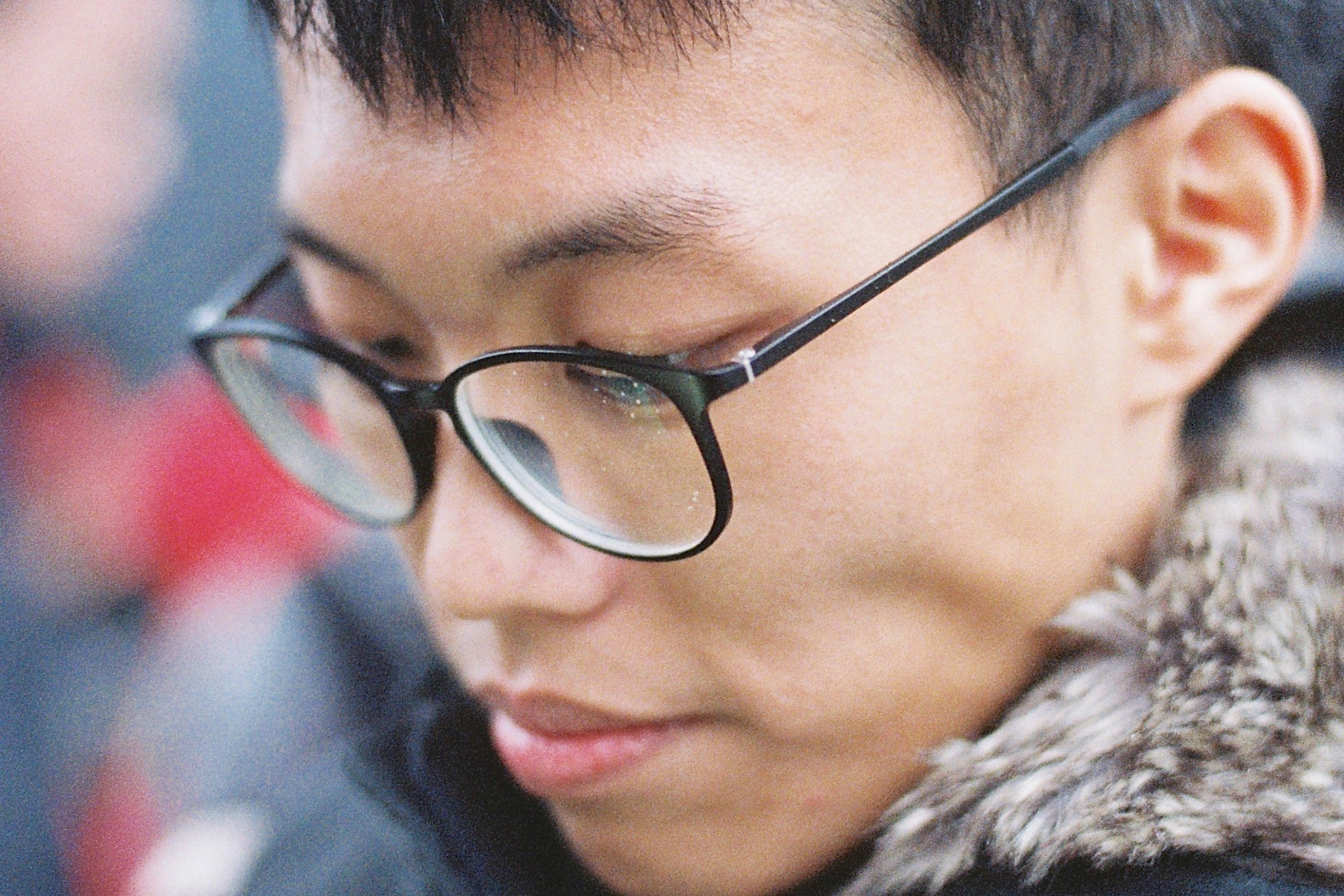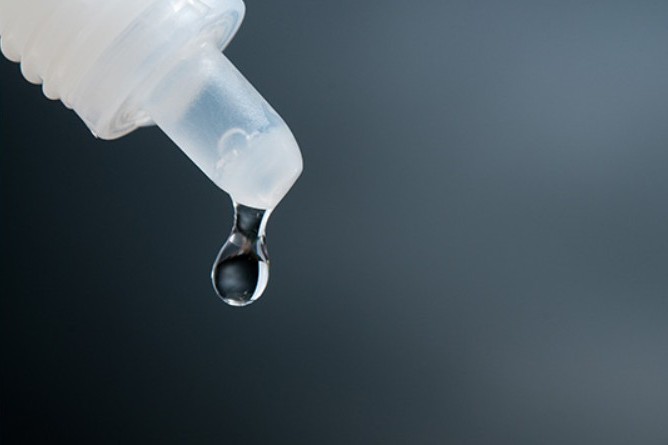Primary school myopia intervention for Chinese?
The incidence of myopia among Chinese students based on refraction without cycloplegia is among the highest of any cultural or ethnic group and a new study suggests interventions to prevent myopia onset in Chinese populations may need to be initiated in primary schools.
Myopia has reached epidemic levels among children in regions of East and Southeast Asia. High myopia is associated with myopic macular degeneration, glaucoma, and retinal detachment.
A group of children from 19 primary schools were followed from 2010 to 2015, and another group from 22 junior high schools, were followed from 2010 to 2012. All schools were randomly chosen in Guangzhou, China, at rates proportional to the number of schools in each of the city's 11 districts. Students with or without myopia in grade 1 (primary school) or grade 7 (junior high school) were eligible for inclusion.
Myopia was defined as a spherical equivalent refraction (SER) of -0.50 diopters (D) or less, as measured by subjective refraction without cycloplegia; high myopia was defined as a SER of -6.0 D or less. Annual incidences were defined as the proportion of participants each year found to have myopia or high myopia who did not previously have the condition. Height, weight, axial length (AL), corneal radius of curvature (CRC), and AL/CRC ratio were examined to assess if these measures were associated with future myopia or high myopia.
The study, published in JAMA Ophthalmology, found a total of 4741 students with or without myopia in either grade 1 for the primary school cohort or grade 7 for the junior high school cohort were included. Baseline mean (SD) SER was 0.31 (0.86) D among 1975 students in grade 1 vs -1.60 (2.00) D among 2670 students in grade 7. Baseline prevalence of myopia was 12.0% in grade 1 students (n = 237 of 1969) and 67.4% in grade 7 students (n = 1795 of 2663).
The incidence of myopia was 20% to 30% each year throughout both cohorts. The incidence of high myopia was initially less than 1% in the primary school cohort, but incidence exceeded 2% in the junior high school cohort.


























